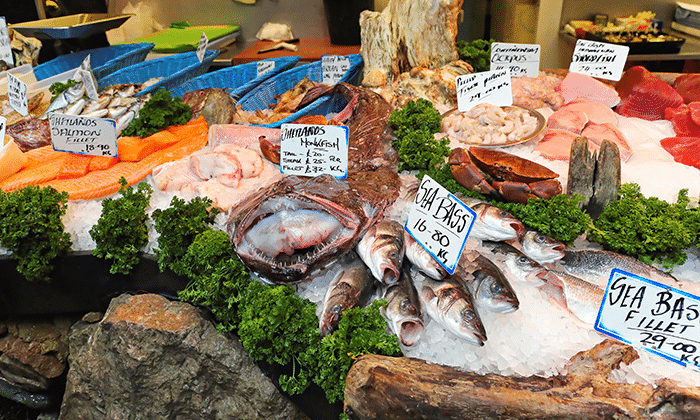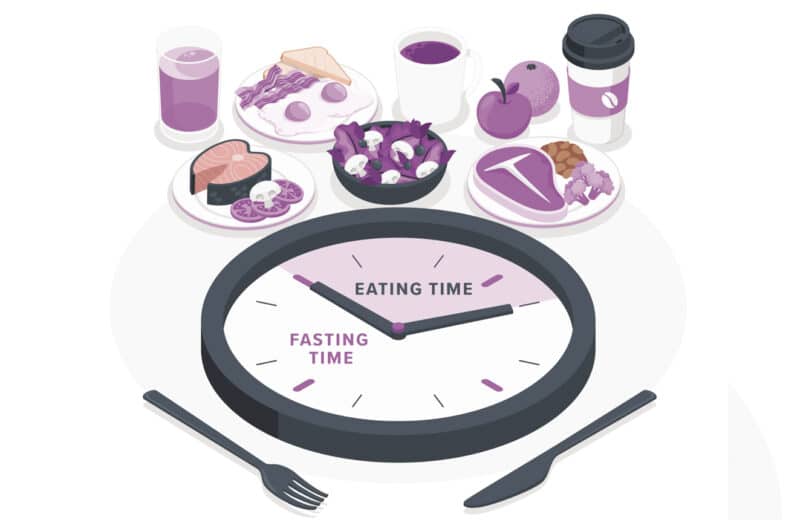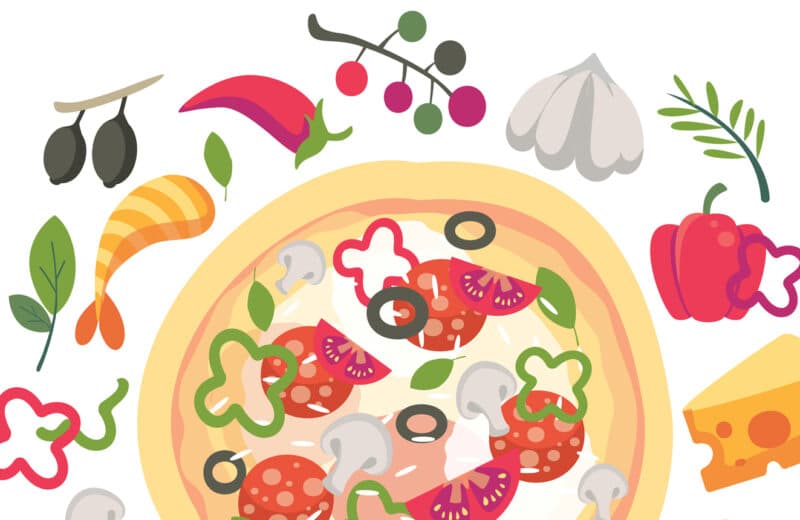By Judith C. Thalheimer, R.D. L.D.N., Environmental Nutrition Newsletter
Think something’s fishy about a pescetarian diet? Think again! More people are interested in this style of eating, which may be one of the best things you can do for your health.
Pescetarians avoid red meat and poultry, yet eat all manner of seafood, including fish, shrimp and clams, along with dairy, eggs and an abundance of plant foods. Janis Jibrin, M.S., R.D., author of “The Pescetarian Plan,” says, “Following a pescetarian diet could potentially lower your risk of heart disease, type 2 diabetes, dementia, erectile dysfunction and depression.”
Science backs a pescetarian eating style. Scientists have long observed that including fish in your diet is a healthful habit. Whether it’s the lack of saturated fat-laden red meat, high intake of fruits and vegetables, heart-healthy omega-3 fatty acids in fish, or abundance of minerals in shellfish, a pescetarian diet is a great way to keep your body healthy.
A 2007 article in the American Heart Association journal reported that eating fish just once or twice a week was associated with a 42- to 50-percent reduction in the risk of sudden cardiac death in healthy adults. In two other studies, subjects who ate vegetarian diets, including pescetarian diets, had lower BMIs and a substantially lower risk of type 2 diabetes and death during a six-year study period than those who regularly ate meat and poultry.
EATING THE PESCETARIAN WAY
So how do you get started? Here are a few tips for implementing a wholesome pescetarian eating style:
1. Make at least 50 percent of your meal vegetables (or 50 percent fruit at breakfast).
2. Add a little healthy fat, such as olive oil, nuts, or avocados, when sauteing vegetables or dressing salads.
3. Fill one-fourth of your plate with high-quality protein. While most experts recommend seafood 2-3 times per week, Jibrin suggests eating seafood once a day, along with other vegetarian choices, such as tofu, edamame, yogurt, cheese and eggs at other meals. Legumes, such as beans and lentils, also are good protein sources.
4. Enjoy one-half cup of whole grains and/or other starchy foods (like sweet or white potatoes) four or five times a day.
SHOPPING FOR SEAFOOD
In order to make the most of your pescetarian diet, follow these shopping tips:
1. Buy seafood from a reputable store to ensure safety and freshness.
2. Ask which fish are the freshest.
3. Use the sniff test: Fresh fish doesn’t have a strong “fishy” smell.
4. Look before you buy: The flesh of fillets should be shiny and smooth, and the eyes on whole fish should be clear and round. Mussels, clams and oysters should be tightly shut.
5. Choose sustainable seafood to safeguard the environment and avoid over-fished species. The National Smart Seafood Guide at foodandwaterwatch.org, or the Monterey Bay Aquarium Seafood Watch at seafoodwatch.org, can guide you.
COOKING UP YOUR CATCH
Don’t be intimidated; cooking fish is easier than cooking meat or poultry if you follow these tips:
1. Grill, pan-fry, poach, roast, or steam fish and other seafood.
2. Measure the thickest part of the fish. Cook 10 minutes per inch (fish thicker than 1/2 inch should be flipped over halfway through cooking time.)
3. Don’t overcook. Fish, shrimp and scallops are done when they’re still slightly translucent in the center (they’ll continue cooking after you remove them from the heat source.) Fish should feel firm, but still moist. It should be just ready to flake.
(Reprinted with permission from Environmental Nutrition, a monthly publication of Belvoir Media Group, LLC. 800-829-5384. www.EnvironmentalNutrition.com.)












